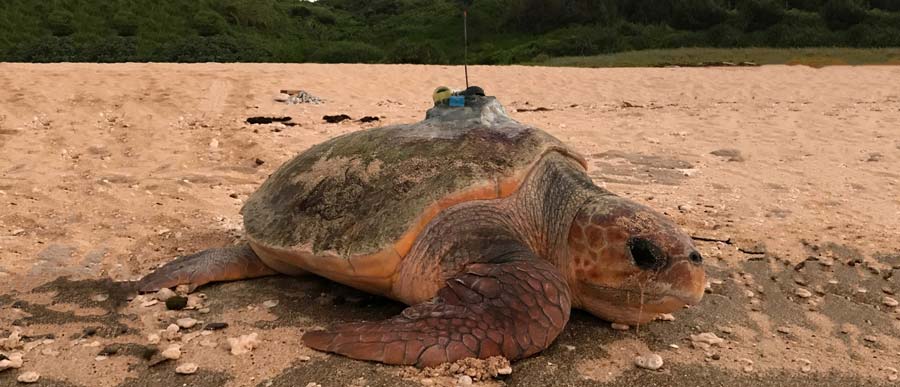
Jul 19, 2022 | Marine Animals, News, Wildlife Monitoring
Loggerhead turtles can forage either on continental shelf or in the open ocean. The North Pacific population, nesting whole in Japan show both behaviours. Their foraging areas are pinpointing using isotopic analysis and Argos tracking, to better define conservation...
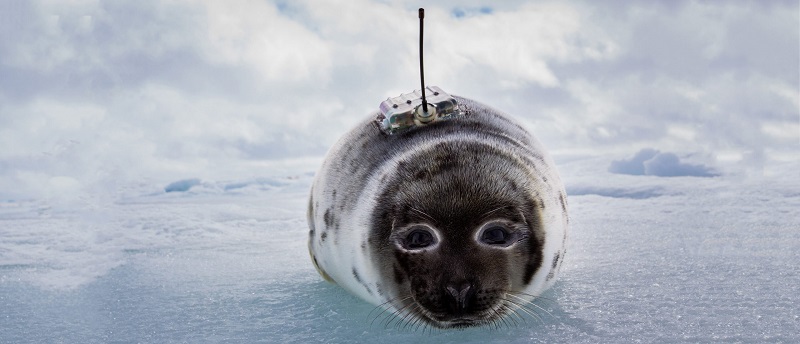
Jun 13, 2022 | Marine Animals, News, Wildlife Monitoring
Harp seal juveniles leave their native ice pack to forage and migrate on their own. Tracking them and recording their dive can help understand how they manage their first year. Ultimately, the question is their plasticity with respect to environmental changes. Photo:...
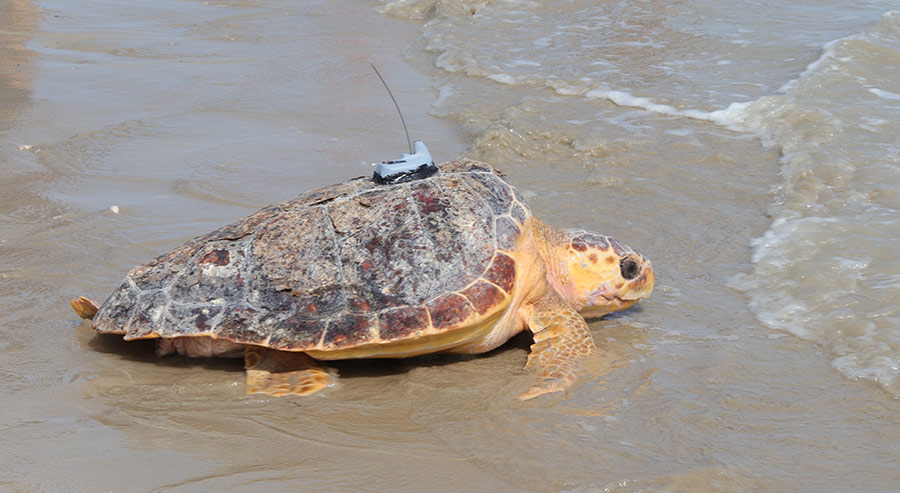
Apr 14, 2022 | Marine Animals, News, Wildlife Monitoring
Juvenile sea turtles are cared and rehabilitated at Aquarium La Rochelle, in France. Since 2008, a few of them were equipped with Argos PTTs before being released. Analysis of their tracks could help understand if they were trapped in a nutrient-rich but cold in...
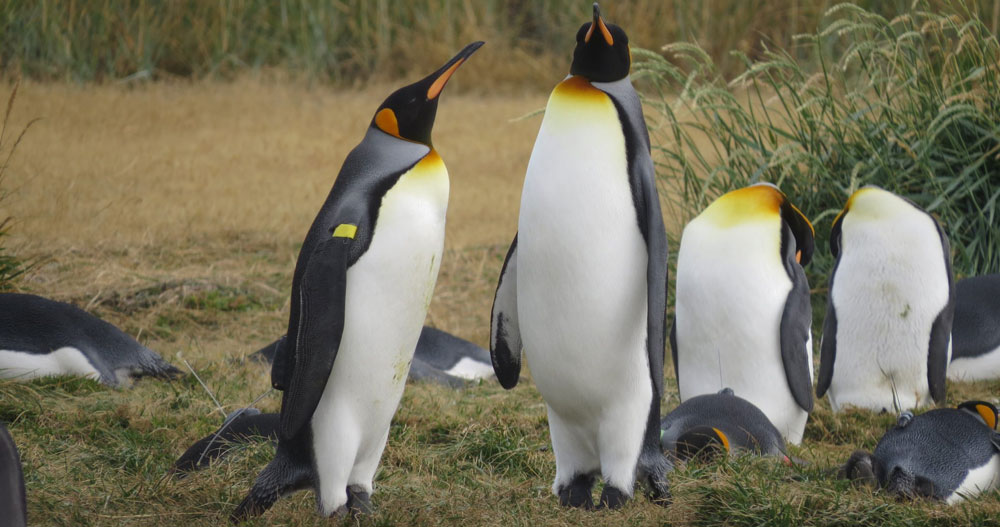
Mar 14, 2022 | Birds, Marine Animals, News, Wildlife Monitoring
King penguins are living around Antarctica, breeding on some of the sub-Antarctic islands. A new colony seems to have been established in Magellan strait, showing the high plasticity of the species. Argos enables to better understand the new colony behaviour. King...
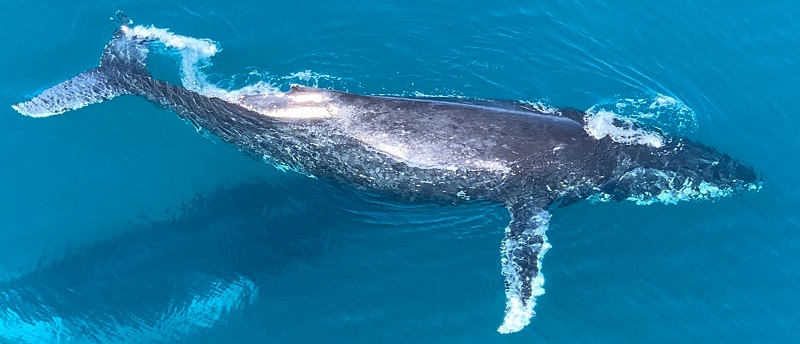
Mar 2, 2022 | Marine Animals, News, Wildlife Monitoring
WWF has just published a report using 30 years of tracking for a meta-analysis of whale migration routes over all the oceans. This map of “migration highways” should help in protecting whales in general, but also the whole oceanic ecosystem, since they are a key...
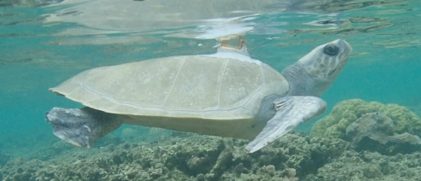
Feb 2, 2022 | Marine Animals, News, Oceanography, Meteorology, Hydrology, Climatology, Wildlife Monitoring
Collecting sea turtle-borne temperature and depth sensor data with Argos satellite telemetry tags helps to sample the first 100 m layer of tropical oceans, where tropical storms and cyclones take their energy. It also enables to understand the behaviour of sea turtles...






